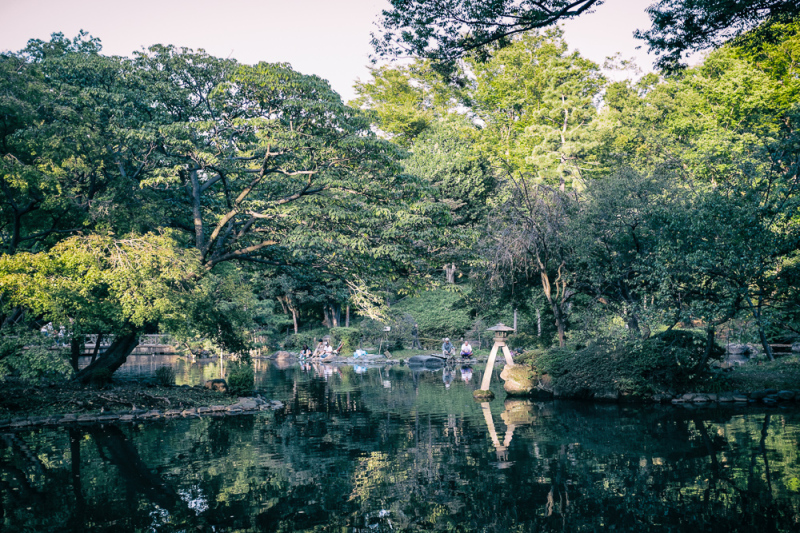Perception And Reality In Foreign Lands
Even a seasoned traveller can come to the wrong conclusions of a place. It’s easy to assume the slice we experience, from airport, to hotel to whatever checklist of sights we embark on seeing is the sum total of a place, but of course it isn’t. Sadly, too few travellers are willing to look from their business itinerary, or pre-digested tourist guidebooks, to see their destinations afresh and to really embrace the adventure of exploring a place on its own terms.

“Over the last few years, I’ve spent a fair bit of time in Tokyo. It’s a fascinating, orderly and pristine city. No rubbish and everyone is studiously polite. But it has very few parks. That divorces the people from nature. I don’t like that.”
– Alexander Downer
Those words are from former Australian Foreign Minster and now High Commisioner to the UK, Alexander Downer, in article published by The Adelaide Advertiser, on the eve of his departure for London. While many people, including some tourists, picture Tokyo as a relentless concrete jungle, the depiction of this as a place with few parks and a populace divorced from nature felt odd to me.
Tokyo is a huge city. The inner 23 wards of Tokyo are home to more than 13 million people and over 35 million inhabit the greater metropolitan area. However, 36% of Tokyo’s total landmass is designated as parks, which includes some very substantial national parks.
Some of the parks reflect older Japanese aesthetics, like the charming Arisugawa-no-miya, a short walk from the bustling shopping area of Roppongi Hills. Originally the grounds of a feudal lord’s villa, the park was subsequently owned by the Imperial family before being opened to the public in 1934.
Other parks, like grand Ueno Park, opened in 1873, are modelled on Western ideals and reflect Japan’s attempt to import ideas during the Meiji Period. Ueno Park attracts more than ten million visitors a year and is also bordered by a popular zoo, museums and galleries.
Not that Tokyo’s green is limited to parks. Gardening is a popular hobby in Tokyo and you can seldom walk far without seeing some carefully tended plants and flowers, outside shops or people’s homes. Meanwhile the government has a commitment to greening the city, which saw 220,000 trees planted between 2007 and 2010 as part of a ten year plan to add 1 million new roadside trees to the city.
And nowhere I’ve lived more studiously observes the passing of the seasons, from the crowds who swarm to see the cherry blossoms in the spring, the changing leaves in the autumn, or the many festivals that mark the summer months. And, each season also has celebrated foods, fruits and dishes as well.
Even a seasoned traveller can come to the wrong conclusions. It’s easy to assume the slice we experience, from airport, to hotel to whatever checklist of sights we embark on seeing is the sum total of a place, but of course it isn’t. Sadly, too few travellers are willing to look from their business itinerary, or pre-digested tourist guidebooks, to see their destinations afresh and to really embrace the adventure of exploring a city on its own terms.




